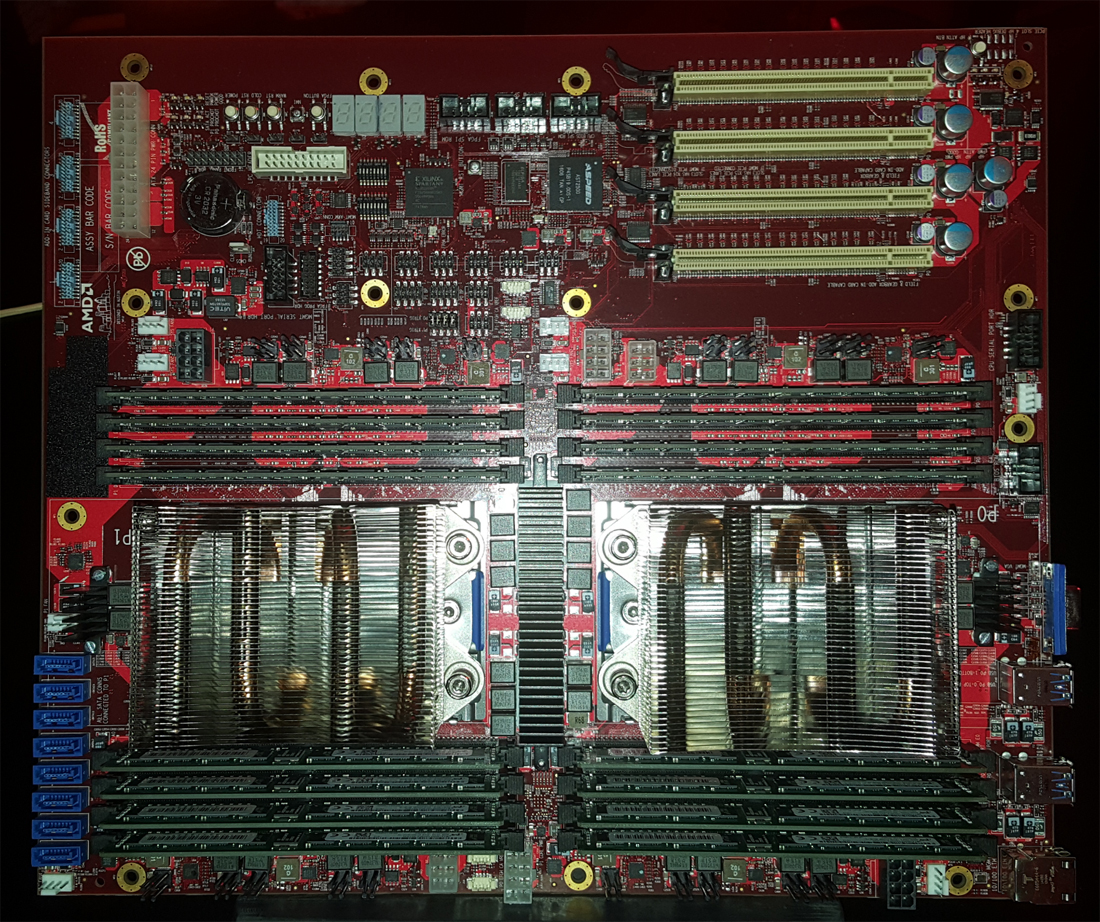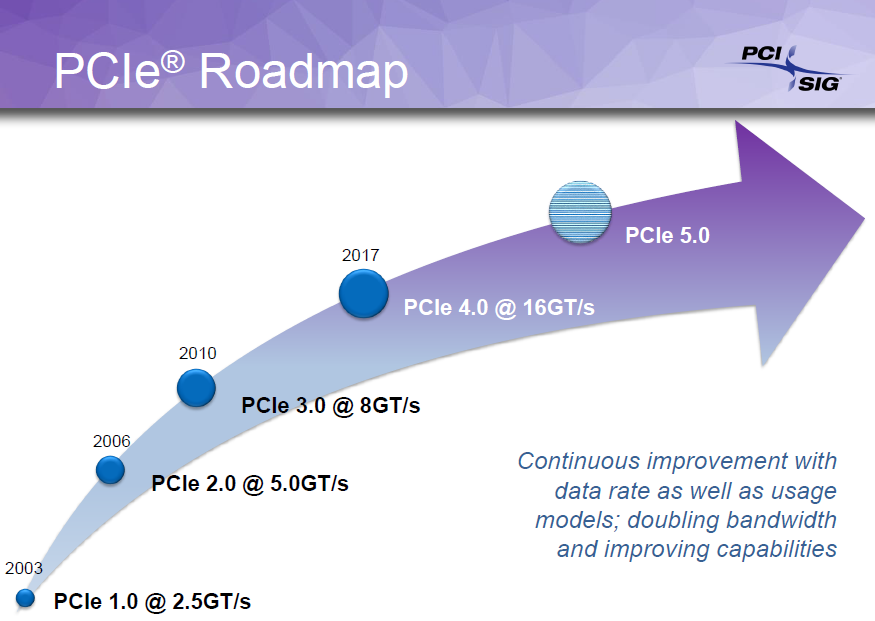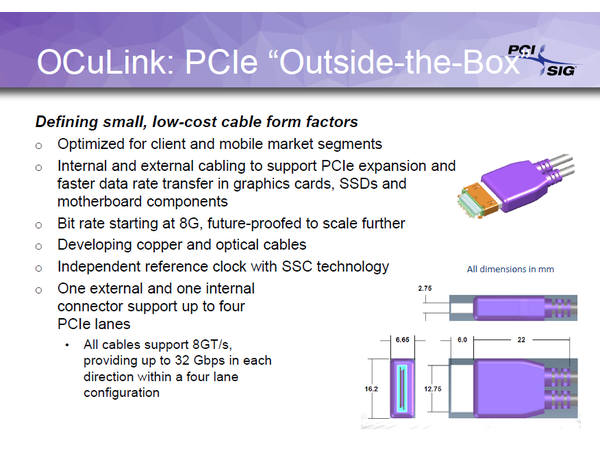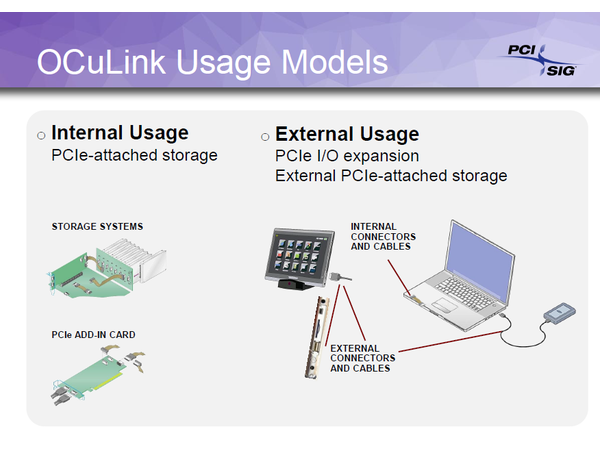
It’s been nearly six years since the PCI Special Interest Group (PCI-SIG) released the base specification for PCIe 3.0. With its successor just around the bend, interest in the new specification is certainly heating up in the hardware community.
Update (8/25): Earlier this week we reported on the upcoming PCI Express 4.0 standard, with information from Tom's Hardware suggesting the updated specification would support up to 300 watts of power through the PCIe slot. It turns out this information was inaccurate. More information here.
You’ve likely heard by now that PCIe 4.0 will offer up 16 gigatransfers per second (GTps), up from just eight afforded by today’s standard. That’s in addition to a host of other changes to enhance efficiency but it’s a new revelation regarding power delivery that has people talking today.

As you may know, the PCIe 3.0 specification is certified for up to 75 watts of power delivery through the connector. That’s usually enough for most add-in cards although higher-end graphics cards demand far more juice which comes via dedicated lines straight from the power supply.
With PCIe 4.0, the PCI-SIG is significantly boosting the amount of power supplied to the slot. In an interview with Tom’s Hardware, PCI-SIG Vice President Richard Solomon said PCIe 4.0 would deliver a minimum of 300 watts via its slot and perhaps as much as 500 watts. That means you could run today’s most demanding GPUs without the need for dedicated power cables, resulting in a tidy installation with less airflow restriction.

It’s also worth mentioning that the new connector will be backward compatible with PCIe 3.0 cards although newer PCIe 4.0-compliant cards can’t be used on older PCIe 3.0 boards.
Solomon also detailed a new standard called OCuLink that’ll facilitate the use of high-end graphics cards and solid state drives both inside and outside of a PC (think of it as PCIe-over-cable).

The final PCIe 4.0 specification should be completed by the end of the year.
Images courtesy Tom's Hardware
https://www.techspot.com/news/66048-pcie-40-make-auxiliary-power-cables-gpus-obsolete.html